
How a failing Japanese ski resort became Aspen of Asia as luxury hotels and wealthy Asians replaced backpackers and hostels
For the architects transforming Niseko in Hokkaido with the backing of investors including Hong Kong’s Richard Li, anything goes. They’ve gone from copying Europe and North America to taking inspiration from Japanese culture
Snow is the main topic of conversation in Niseko, a ski resort on Japan’s northern Hokkaido island. Skiers and snowboarders travel from around the world to experience the area’s legendary powder, which can lie up to 15 metres deep by the end of winter.
But if you listen to foreign property developers and architects discussing Niseko, snow will hardly be mentioned. Instead, they will likely be debating the myriad business opportunities to be had in this booming area.
Five of the best Asian countries for skiing, recommended resorts and our top pick for this winter
“There has been an incredibly dramatic change in Niseko,” says Tokyo-based architect Riccardo Tossani, who has worked on more than 15 projects in the area over the past decade, ranging from resorts and restaurants to hotels and villas.
“In the last 10 to 12 years it’s gone from a moribund, failing Japanese ski resort, literally falling apart at the seams, to a place that is rapidly resembling Aspen, with all of the trappings of luxury that entails.”

Hong Kong has played a role in that transformation. Tossani’s first project in Niseko was the master plan of the Hanazono resort, the site of which was later bought in 2007 by Richard Li, the son of billionaire Li Ka-shing and chairman of Pacific Century Premium Developments. Li has so far invested 100 billion yen (US$930 million) in the project, where he is now building two hotels (one of them a Park Hyatt), an onsen and 3,000 apartments.
The first regular foreign visitors to Niseko were Australian skiers, drawn in the late 1990s by tales of the perfect snow. These tourists were generally young backpackers content to stay in hostels or budget hotels. But they didn’t have Niseko to themselves for long.
CCTV HQ ‘starchitect’ on building sensitively in Beijing, Singapore
From 2005, young professionals and families from Australia began visiting, together with wealthy individuals from Hong Kong, China, Singapore, Malaysia, Thailand and Korea. As well as skiing in Niseko in winter, these tourists would often return in the summer for hiking, kayaking, golf and other outdoor activities.
Whatever season they visited Niseko, these tourists wanted more luxurious accommodation than the hostels favoured by their backpacking predecessors.
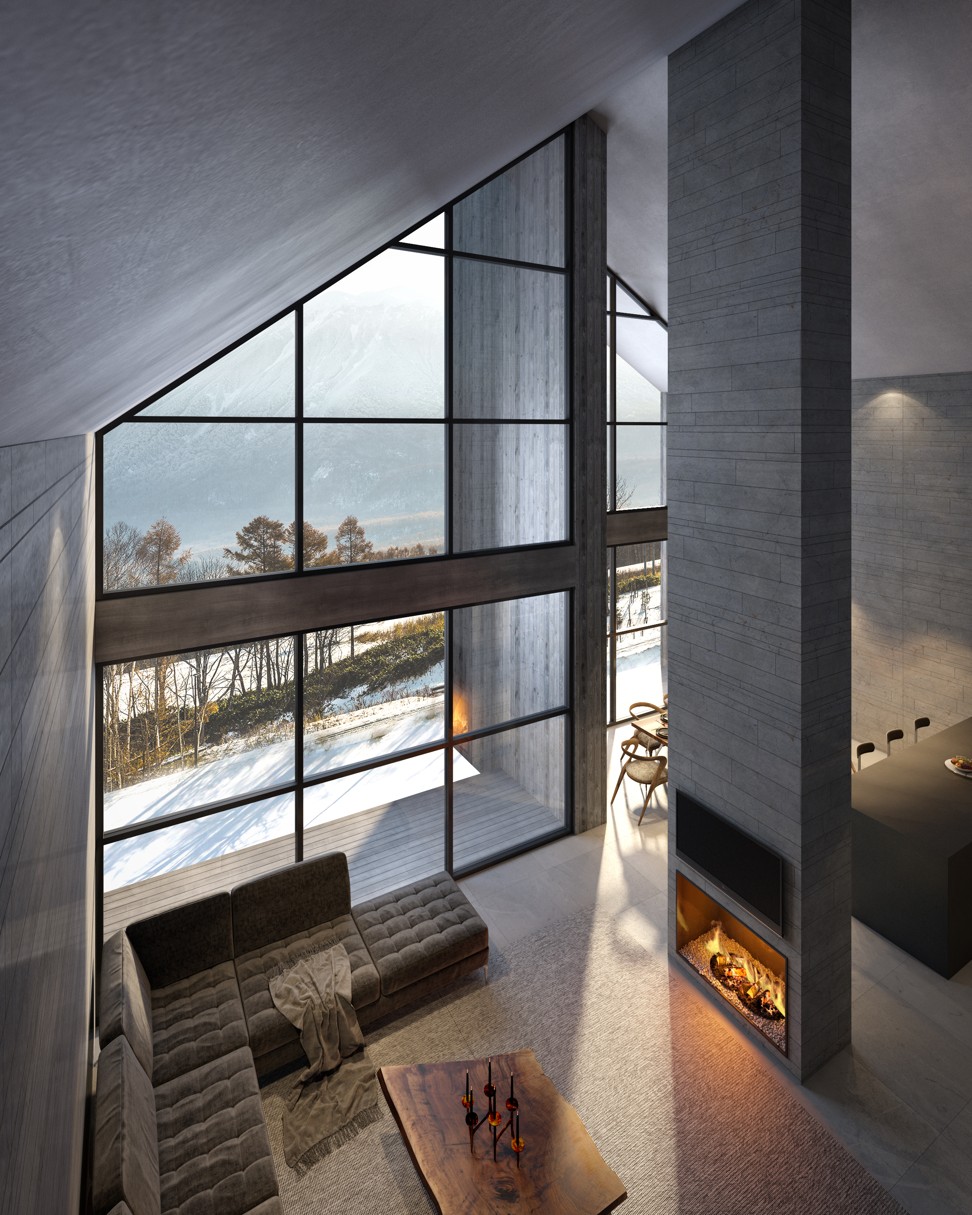
Li is not the only Hong Kong developer currently working in Niseko. In 2016, Hong Kong-based The Pavilions, a hotels and resorts company, bought a large parcel of land in Hirafu, the main village in the Niseko region. The company is building the 40-room The Pavilions Niseko hotel, scheduled for completion in 2019, and The Ginto Residences, a development of 31 private villas.
“From a business point of view, Niseko ticks all the boxes,” says Gordon Oldham, founder of the Pavilions. “It’s easy to do business here and you can own the land in your own name.”
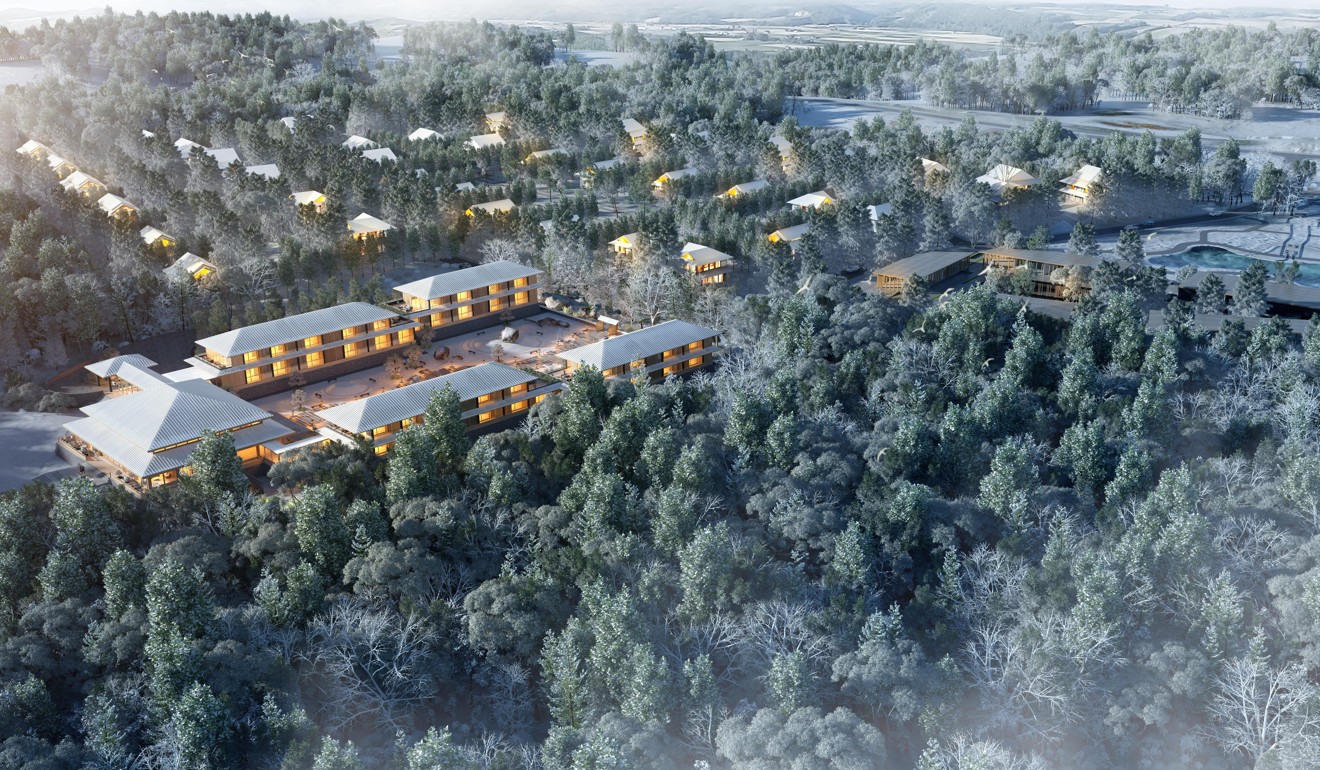
But for the architects employed by these developers, things are not so straightforward. Unlike European and North American ski resorts, there is no local architectural style in Niseko.
“Hokkaido is a relatively new colony of Japan, so it has no history other than the history of the native Ainu people, who did not leave behind much of a legacy of architectural monuments,” Tossani says. “Essentially, anything goes in Niseko, which means it’s a great opportunity for architects – but it also means it’s a great opportunity to mess it up.”
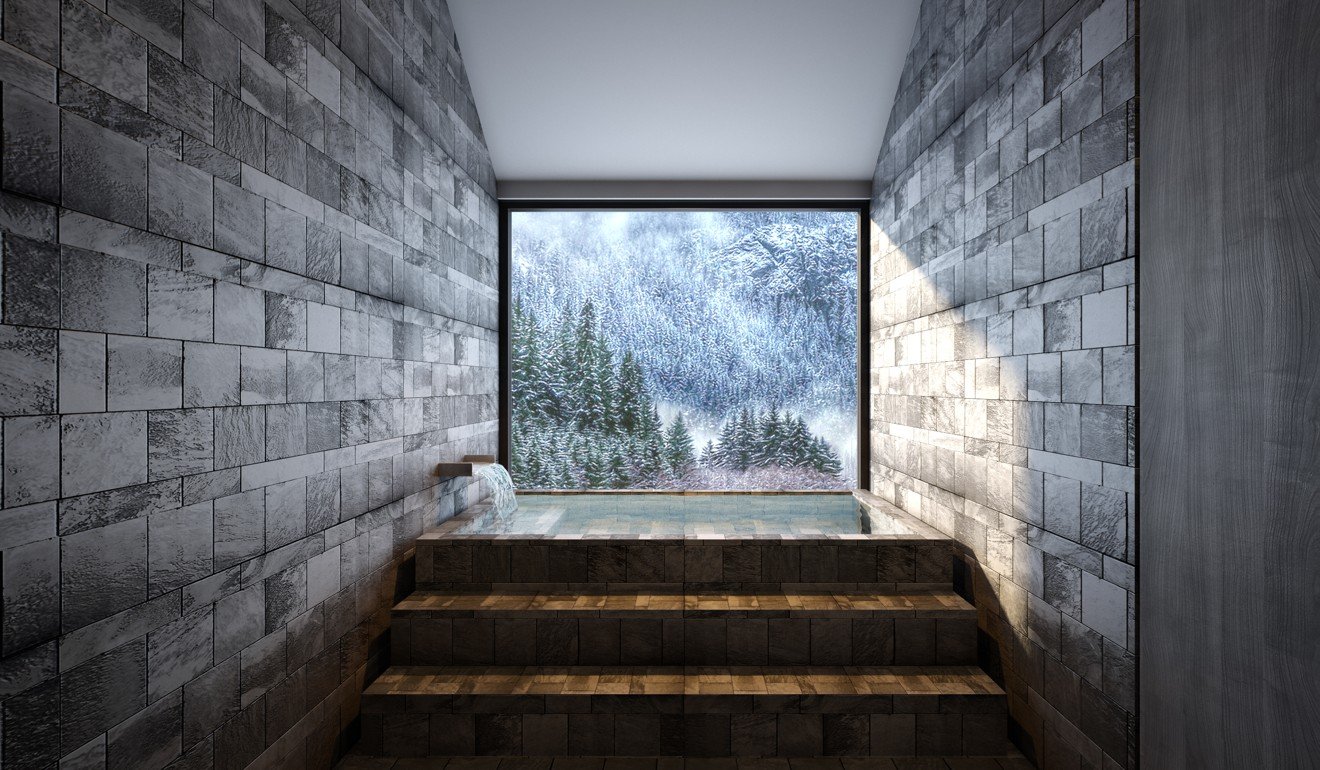
Without a vernacular style to draw upon, many of the international architects working in Niseko in the early 2000s looked to ski resorts in Europe and North America for inspiration.
“You arrived in Niseko in 2005 and saw a hodgepodge of different shapes and colours, of buildings that had no real bearing of Japanese architectural tradition,” Tossani recalls. “Many were just transplants from Canada – log cabins and so forth that were kit homes shipped over.”
In Niseko, Formica counters have become granite counters; the appliances have gone from inexpensive Japanese brands to Gaggenau
These architectural imports might have passed muster in the early days, but clients expect more impressive accommodation these days.
Whether Tossani is designing a restaurant, chalet or apartment in Niseko, he has always turned to the natural environment for inspiration.
“[I want my projects to] reflect this beautiful mountain character, which is enriched by gorgeous silver birch forests,” he says. “My approach has been to use materials that come from the area as much as possible – either birch or cedar wood, and stone that has a volcanic character to it because Niseko is in a volcanic zone.”
Other architects are inspired by snow sports. Johnny Kember, of Hong Kong-based studio KplusK, has worked on six projects in Niseko. One of his firm’s buildings, Odin House, is a luxury, 5,900 square foot (550 square metre) chalet in Hirafu that was completed in 2012 and features an unusual curved roof. “The roof design was inspired by the movement of skis through snow,” Kember says.
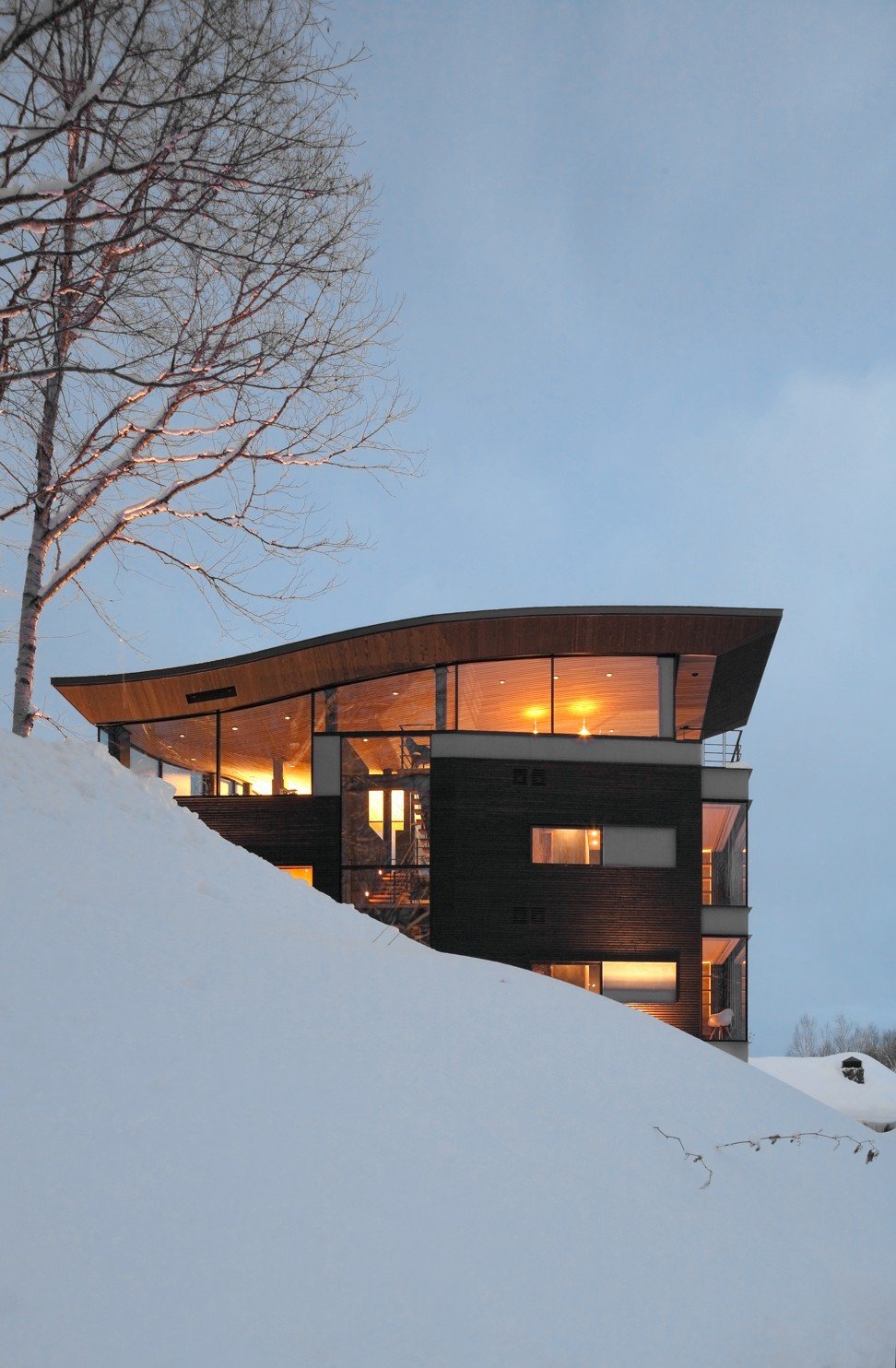
For The Pavilions Niseko, Oldham instructed his architects – studios Map Architecture and Alt 254, both based in Hong Kong – to look to Japanese culture for inspiration.
“My pet peeve with architecture and hotels is that hotel rooms are getting so homogenised,” Oldham says. “In The Pavilions Niseko and the Ginto Residences show houses, I want to show that we’re in Japan.”
Ski touring in Japan: explore the wilderness around Hakuba Valley, an ideal training ground for beginners
While Map Architecture is designing the exterior of the hotel, Alt 254 has been tasked with incorporating Japanese culture into its interiors. Oldham gave Vincent McIlduff, partner and architect at Alt 254, a specific brief for the lobby.
“The lobby should be different things at different times of the day and year,” Oldham says. “In summer, when we have wonderful views of the mountain and forest all around, you want a lot of glass and you want a lot of light. But at other times of the year, in winter, when you can’t see the mountain all the time, I want more of a warm, living-room feel.”
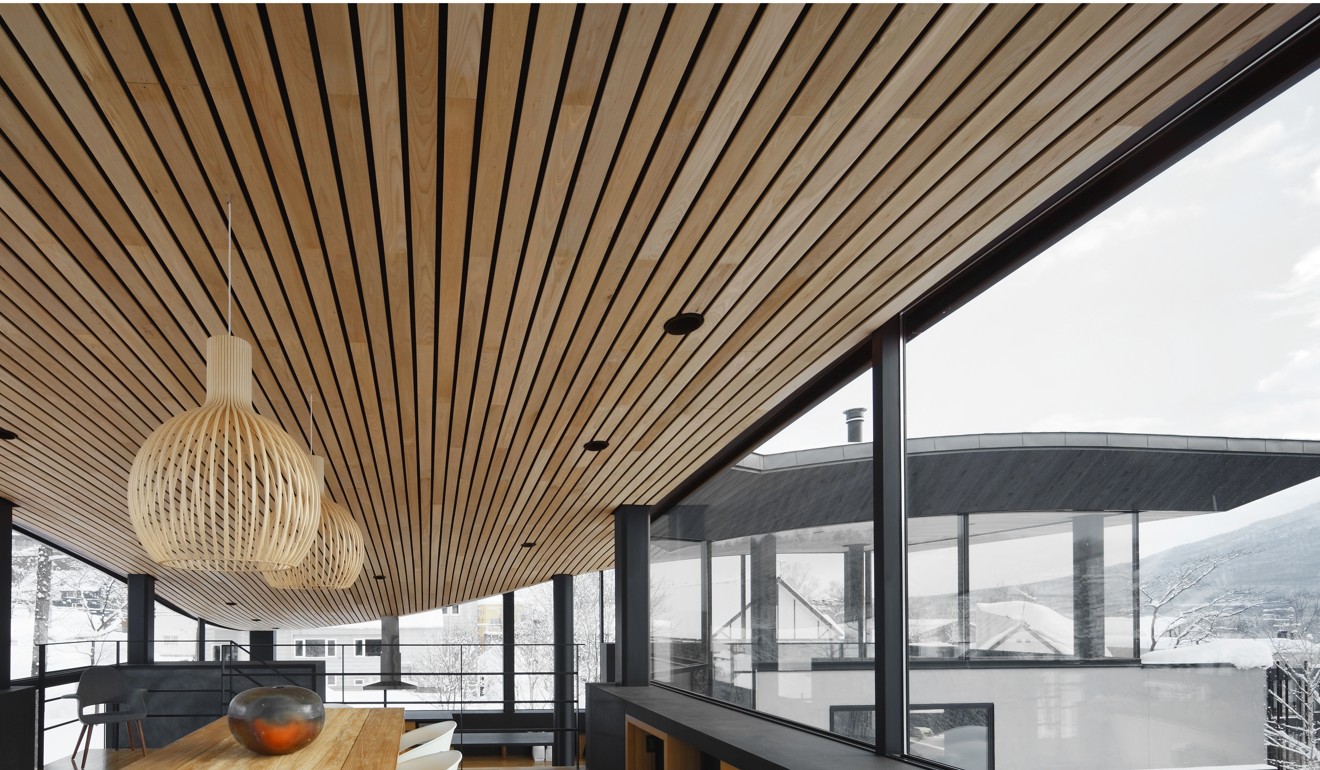
Fulfilling this brief while also referencing Japanese culture will be a challenge, but McIlduff believes he has found a solution. “We’re applying ideas from kabuki theatre to answer this,” he says. “Like a kabuki theatre, the lobby will be a space of mystery: ever-changing theatre sets, props and performances.”
My pet peeve with architecture and hotels is that hotel rooms are getting so homogenised … I want to show that we’re in Japan
The furnishings, fittings and finishes of all these new projects rival those of luxury residences around the globe. “In Niseko, Formica counters have become granite counters; the appliances have gone from inexpensive Japanese brands to Gaggenau,” Tossani says. “Furnishings have gone from the Japanese equivalent of Ikea to Cassina and B&B Italia.”
As projects in Niseko become more luxurious, some clients and developers are turning to big-name architects to give their projects the wow factor.
Japanese architect Kengo Kuma is working on his second project in Niseko: a chalet rumoured to be costing US$10 million for one of the Thai heirs to the Red Bull fortune. Pace Development meanwhile, a Thai property company, has commissioned British architect John Pawson to design a five-star hotel and residences just outside Hirafu village.
How Ho Chi Minh City architects are reshaping the city, in the spirit of Zaha Hadid
All of these new luxury developments are a world away from the budget hostels and hotels that existed in Niseko in the early 2000s. But, from an architectural standpoint, Tossani thinks Niseko is taking steps forward.
“We are fortunately seeing more sophisticated clients coming into the area who are commissioning more enlightened architectural solutions,” he says. “There’s lots of opportunity to do interesting architecture in Niseko.”

